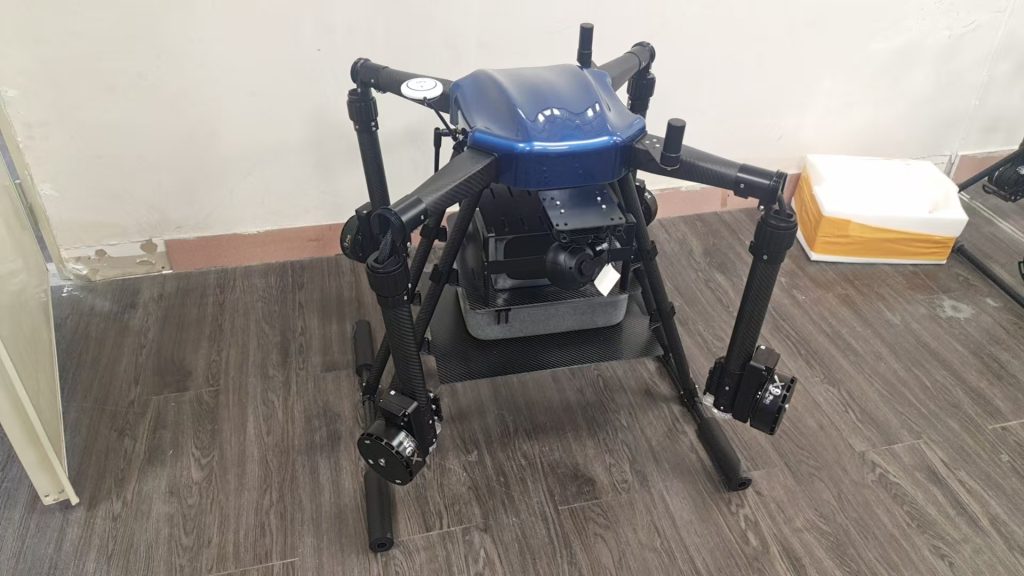Explore how heavy-duty agricultural UAV manufacturers are redefining farming with rugged, high-capacity drones designed for large-scale crop management, forestry, and rugged terrain. Discover innovation, durability, and sustainability.
—
Introduction
Modern agriculture demands equipment that matches its scale and complexity. Enter heavy-duty agricultural UAV manufacturers—companies specializing in drones built to tackle demanding tasks like aerial seeding, large-scale pesticide application, and terrain mapping in remote or harsh environments. These UAVs (unmanned aerial vehicles) are engineered for durability, high payload capacity, and precision, making them indispensable for modern farming. This article dives into their role, technological advancements, and the future of agricultural UAV manufacturing.
—
1. What Are Heavy-Duty Agricultural UAVs?
Unlike lightweight consumer drones, heavy-duty agricultural UAVs are industrial-grade machines designed for rugged use. They feature robust frames, long flight times, and advanced payload systems to handle:
– Large-Scale Crop Spraying: Covering hundreds of acres efficiently.
– Aerial Seeding: Rapid reforestation or crop replenishment.
– Soil Analysis: Mapping fields with multispectral sensors.
– Disaster Management: Assessing flood damage or pest outbreaks.
Key Characteristics:
– Payload Capacity: 20–100+ liters for pesticides, seeds, or water.
– Flight Endurance: 30–60 minutes per charge (hybrid models offer longer ranges).
– Durability: Weather-resistant materials and reinforced structures for rough terrains.
—
2. The Role of Heavy-Duty UAV Manufacturers
These manufacturers focus on innovation tailored to agricultural challenges:
a. Advanced Engineering
– Lightweight yet Durable Frames: Carbon fiber or aluminum alloys balance strength and portability.
– High-Capacity Batteries: Long-lasting lithium-ion or hydrogen fuel cells for extended missions.
– Modular Design: Interchangeable payloads (sprayers, seeders, cameras) for versatility.
b. Smart Technology Integration
– AI-Powered Navigation: Autopilot systems avoid obstacles and optimize flight paths.
– Real-Time Data Analytics: Sensors monitor crop health, soil moisture, and pest activity.
– IoT Connectivity: Sync with farm management software for seamless workflow integration.
c. Compliance & Safety
Manufacturers adhere to strict regulations for pesticide application, airspace usage, and electromagnetic compatibility.
—
3. Applications of Heavy-Duty Agricultural UAVs
Large-Scale Farms
– Pesticide Application: Uniform coverage in vast fields of wheat, rice, or corn.
– Crop Monitoring: Detect early signs of disease or nutrient deficiencies.
Forestry & Reforestation
– Aerial Seeding: Replant trees in deforested or inaccessible areas.
– Fire Prevention: Map dry zones and monitor fire-prone regions.
Disaster Response
– Flood/Drought Assessment: Generate 3D maps to evaluate damage and plan recovery.
—
4. Challenges in Manufacturing Heavy-Duty UAVs
– Cost vs. Accessibility: High production costs limit adoption for smallholder farmers.
– Maintenance Demands: Rugged use requires frequent inspections and part replacements.
– Regulatory Hurdles: Navigating airspace laws and pesticide application certifications.
—
5. The Future of Heavy-Duty Agricultural UAVs
Industry leaders are pushing boundaries with:
– Swarm Technology: Fleets of drones working together for ultra-large-scale tasks.
– Hydrogen Fuel Cells: Longer flight times and zero emissions.
– Autonomous Swarm Harvesting: Coordinating drones with ground robots for end-to-end farming.
– Biodegradable Payloads: Eco-friendly pesticide capsules to reduce environmental impact.
—
Conclusion
Heavy-duty agricultural UAV manufacturers are revolutionizing farming by delivering machines that blend brute strength with intelligent automation. By tackling labor shortages, reducing chemical waste, and optimizing resource use, these UAVs address critical sustainability goals. As technology evolves, investing in heavy-duty UAVs isn’t just a productivity boost—it’s a strategic move toward resilient, future-proof agriculture.
Call to Action:
Elevate your farming operations with rugged, high-performance UAVs. Partner with leading manufacturers to explore tailored solutions for your land’s unique challenges.
—
This article link:https://www.msoen.com/forum-post/8045.html


没有reply内容